How many times have you spent almost 30 minutes trying to find a show to watch, when you open your favorite OTT service? How many times have you clicked on the thumbnail or a title that made you curious to open, but the content turned out to be not as expected?
This is one of the biggest challenges OTT services are getting that their customers are not finding anything appealing enough, even after spending so much time, clicking so many thumbnails. The worst case is you click nothing and then go to another OTT service and browse there. Similarly, in the advertising world, marketers are having the common complaint of getting umpteen useless clicks, turning into not valuable conversions.
Why this is happening like that?
Why do we click?
Click is used to represent the user’s intent to satisfy his curiosity. This curiosity is known as “diversive curiosity” – our hunger for novelty; this is what makes us click on viral videos and keeps us scrolling through social media feeds. One of the major roles of advertising is to remind customers that there is this brand/product exists so that they’re more likely to think of your product in buying situations.
During early digital, more clicks mean more “reach”, eventually leading to conversions. So the volume of clicks meant more conversions. Not anymore? Let’s answer this by understanding the value of clicks psychologically:
Click is a Call-to-action – a logical progression of a user, to resolve his curiosity leading to a landing page. When the human mind when sees a banner (advertising) or thumbnail (content), it means their minds are prepared for the experience of being called to act. They click with an intent, always. The journey was simply designed to convert the user and hence create an intent accordingly.
Do clicks make our customers more likely to think about our product? Yes.
Clicks are still the driving force of online advertising. Yet there are research reports showing that clicks do not have a strong correlation with ad recall, brand awareness, or purchase intent. The reason is the way clicks are being used in the digital world and how digital advertising is changing these.
What’s happening now?
With a plethora of banners or thumbnails having the same intent for the user, clicks are not coming in. Also, users have stored past experiences which are stopping them to click to have the same type of experiences. So marketers are putting efforts to redesign it with the combination of UX, prominent placement, compelling color, enticing copy, etc., just to differentiate it from the users’ stored past experiences or create the intent.
Clickbaiting?
How many times have you been scrolling, scrolling, and scrolling the endless content to consume something worthy, and you come across something catchy that creates the curiosity gap in you, urging you to click? And when you click, you land on something completely unexpected?
Yes, clickbait – luring someone into clicking, and then delivering something other than what the headline/thumbnail image made them want. You promise satisfaction, but you leave the user unsatisfied.
Why clickbait works?
- It elicit strong curiosity & invoke emotions.
- It is easily read through quickly.
Every content business has to make a “headline” to draw users’ attention. Clickbait is what they do when their content doesn’t speak for itself.
The question is – how do we know when users click on a show, whether they drop-off or stick with it?
Incidental vs Intentional Clicks
In this content-driven world, capturing audience attention is 80% of work done.
“On average, five times as many people read the headline as read the body copy.”
– David Ogilvy
The headline is like the window to what you offer, communicating to your audience what it’s about in just a glance. Netflix’s research shows that users consider each title for a whopping 1.8 seconds and that if users don’t find anything in a minute and a half, they’re gone. Netflix started exploring clickbait. Netflix recognizes that the thumbnails they present—are crucial to that decision-making. Netflix has customized its tiles based on a user’s viewing history, a change from its original quest to find the One Thumbnail to Lure Them All.
How do we ensure users click intentionally, rather than incidentally?
Design better clicks.
Psychologically, clicking on an item rely on the following two things:
- Users’ instincts and experience, i.e. their expectations
- Additional information surrounding the UI element
Clicks lead users to act in a certain way to get something in return as they expect. If users are engaging with the product as per their intention, those activities might guide the users to behave in a desired manner (including conversions). Thus, clicks (incidental or intentional) act as a discovery agent for the users, leading to the intended activities, deciding the outcome of the user journey.
The reason existing analytics are often so difficult to tell us the true value of clicks is – not understanding the alignment of users’ intentions and expectations. The users’ intentions and expectations must be aligned throughout the process for a positive experience.
Intentions vs Expectations:
Expectations focus on future outcomes, whereas intentions focus on the process or things you plan to do in order to achieve those outcomes. Let’s understand this with the following example:
You take your car while leaving for your office. Your intention is to find a place to park near to your office place. You know that leaving late from your place; you can’t expect to easily find a place to park. Anyway, because your intention is to find a place, you will be looking and if by any chance, when you arrive in the street of your office area, you see a vacant place, you will feel very happy and satisfied. If you don’t find any, you will just look to park a few blocks away from the office area. If you find a place like anticipated, OK, everything will go smoothly but you will not be particularly satisfied, just fine. But, if you don’t, you will feel frustrated and look at a plan B.
You see Expectation is a strong belief that something will happen or be the case; or a belief that someone will or should achieve something. An expectation has a success or failure attached to it depending upon whether that expectation is realized.
Whereas, Intention is something that we want and plan to do. When we intend something, we are open to the outcome, there is an opportunity to learn & stay curious. An intention is simply an impulse, which gives structure and direction.
Happiness is a function of how expectations are met.
H (Happiness) = A (Achievement) / E (Expectations)
From the above formula, if our expectation of results is zero, even the slightest achievement or fulfillment will result in infinite happiness or satisfaction! The ideal world for us :).
So how do we align Intentions and Expectations?

Step one is to set metrics for intentions and expectations. It is seen that different intentions lead to different expectations that the product must satisfy (keeping all other factors the same). We need to identify the intentions correctly or set the intentions in such a way that it matches the expectations. This doesn’t mean users are going to convert. It simply means their minds are prepared for the experience as per users’ expectations. And expectation affects behavior.
Why Google, Facebook, and Amazon are leading players in the advertising technology (adtech) world? Because they know how to build & leverage intent as intent motivates the users to click and go further. For them, ad clicks are not for reach, but for intent.
Step two is to attach the metrics of intention with the metrics of expectations and measure the behavior of users. Metrics that define the intent should focus on outcomes only, as they hardly attribute to conversion metrics. Create context first, followed by the content on the landing page (i.e. deliver contextually relevant content), which will eventually turn into commerce.
At the end of the day, the metric that you want to track should be closely tied with your business objectives. However, the clear trackable path to sales is not in the volume of clicks, but better clicks. Attribution of clicks to conversions is always a possibility when you follow the process fundamentally.
Intent-based Metrics
Many organizations maintain a single-minded focus on one bottom-line metric (sales or conversions) for all of their marketing/advertising initiatives, without taking into consideration the fact that that metric isn’t applicable to the vast majority of audiences who are simply not ready to buy. Remember, the majority of clickers are just looking for just information (they don’t have a purchasing intent). So, the messaging to information seekers should not be the same as the message to the ones who want to purchase.
Deliver the right message at the right time to the right audience.
We have listened to the above statement, we need to understand how to accomplish it i.e. assign metrics at each stage of buyers’ journey to conversion and match the user intent to it.
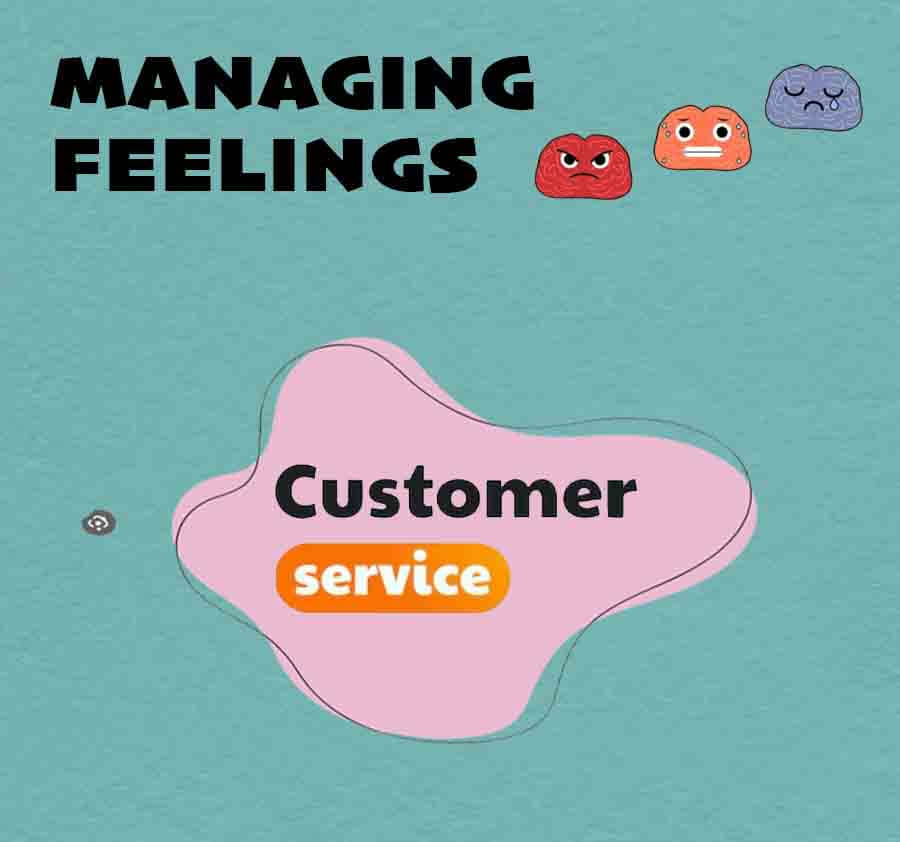
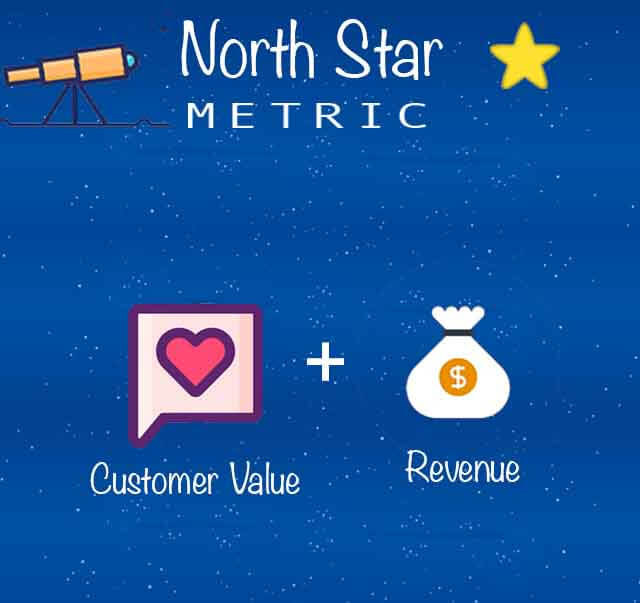
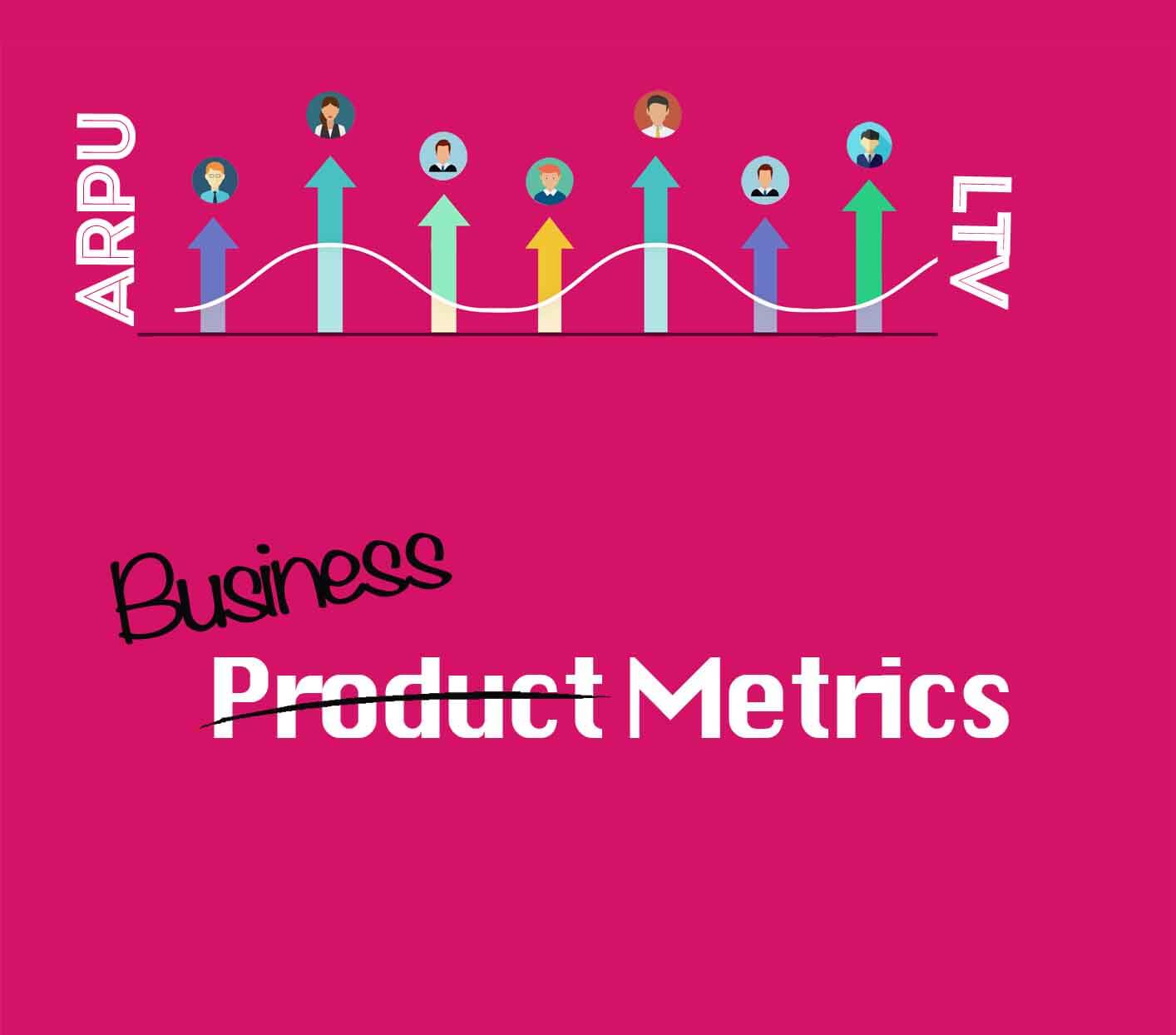
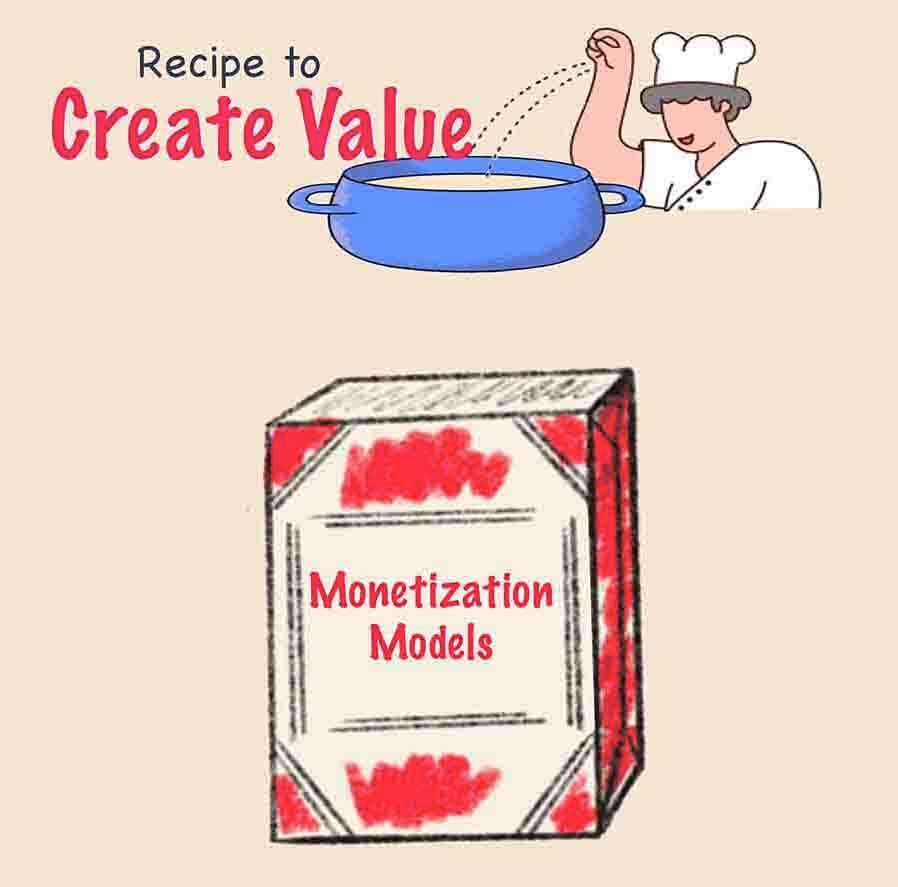
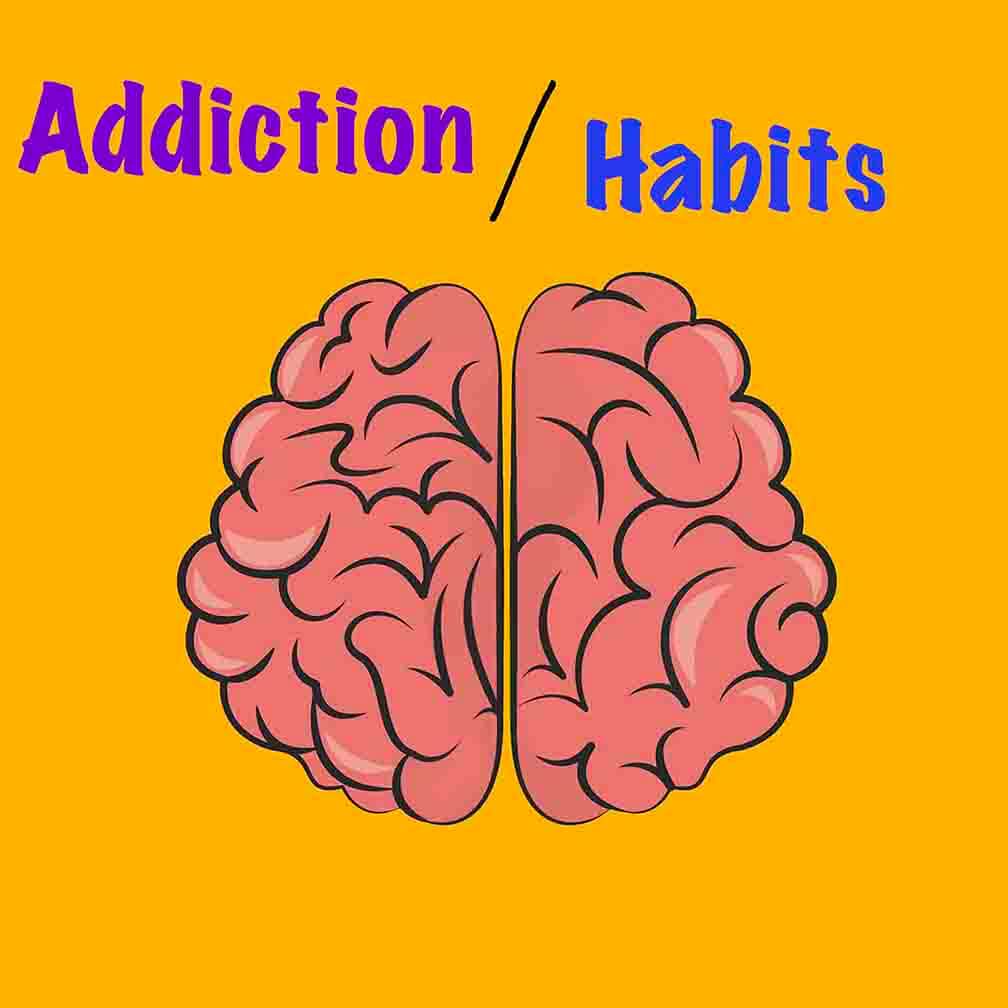
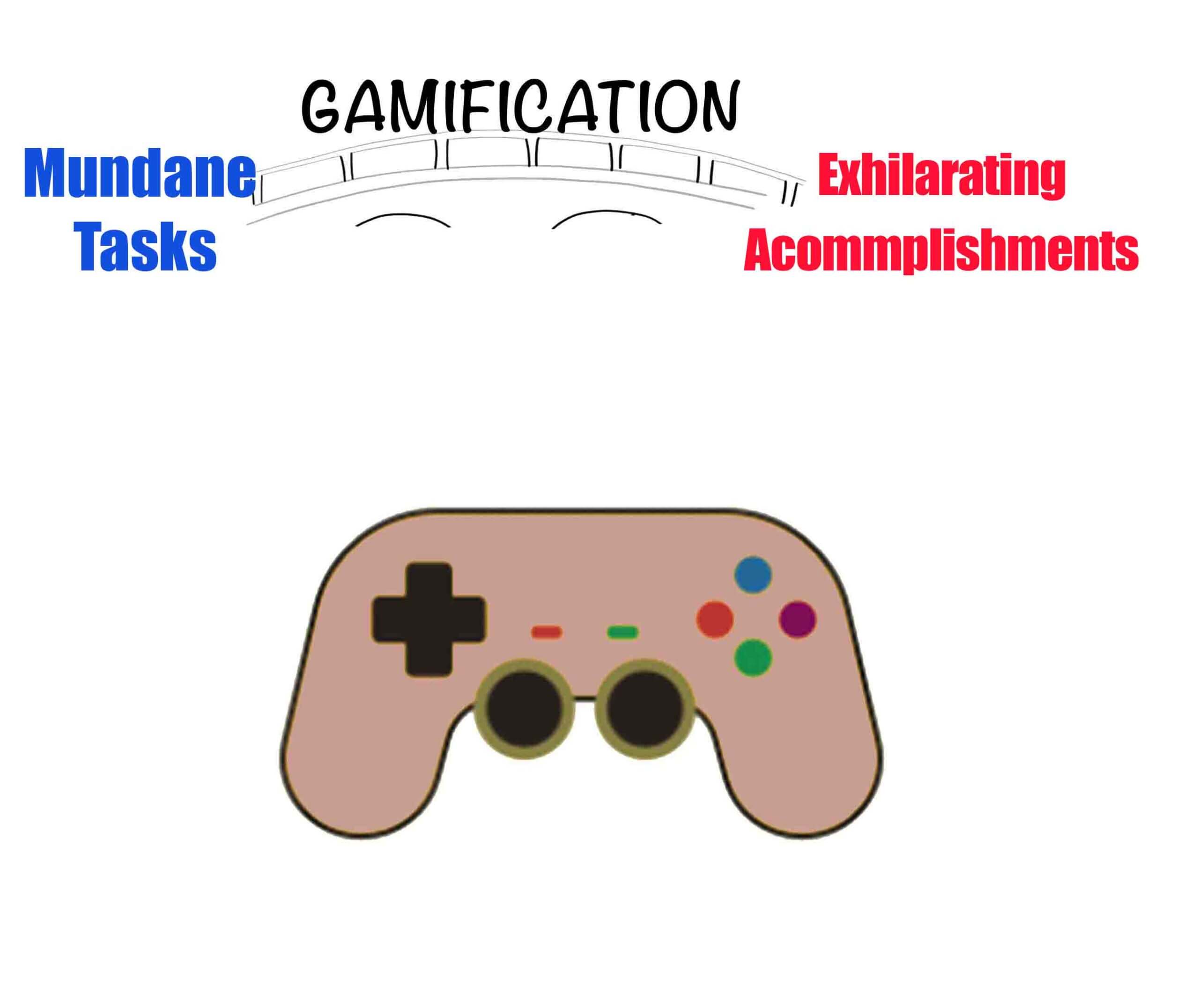
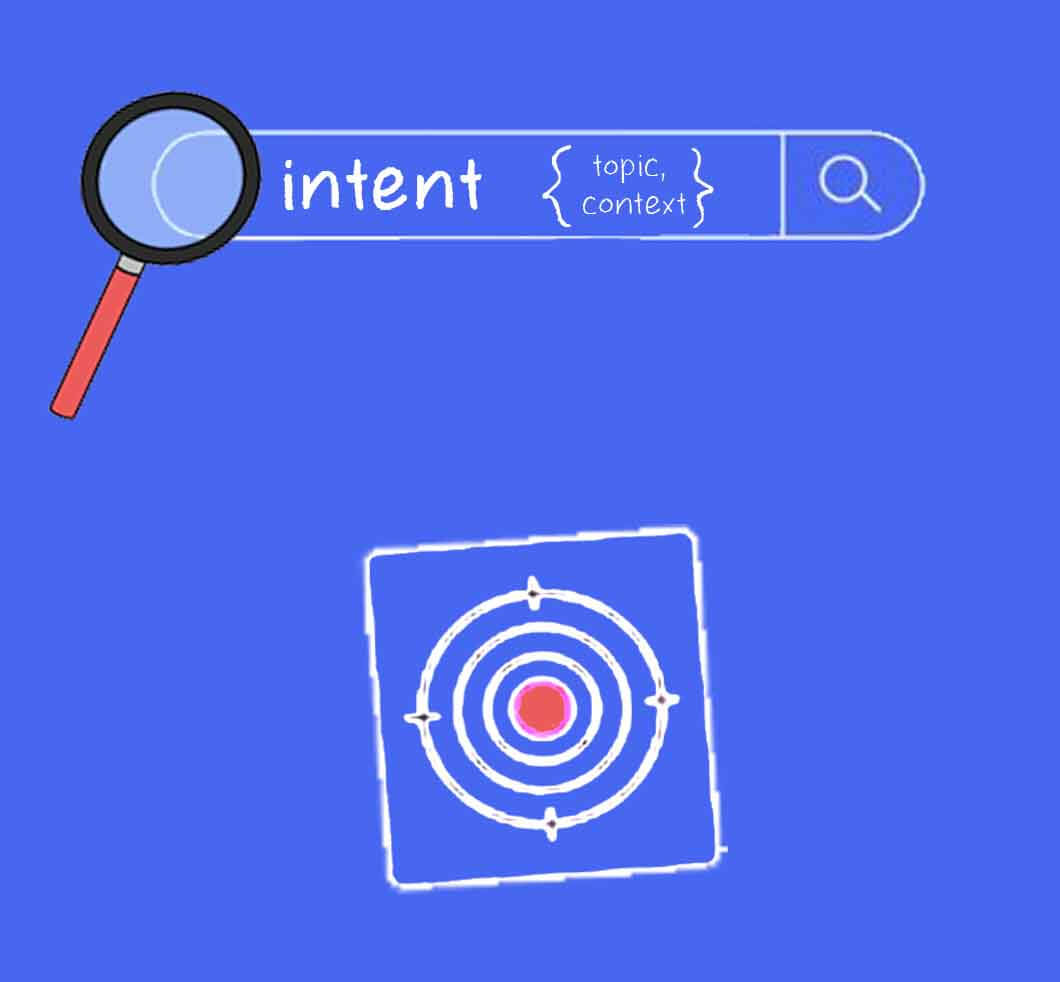
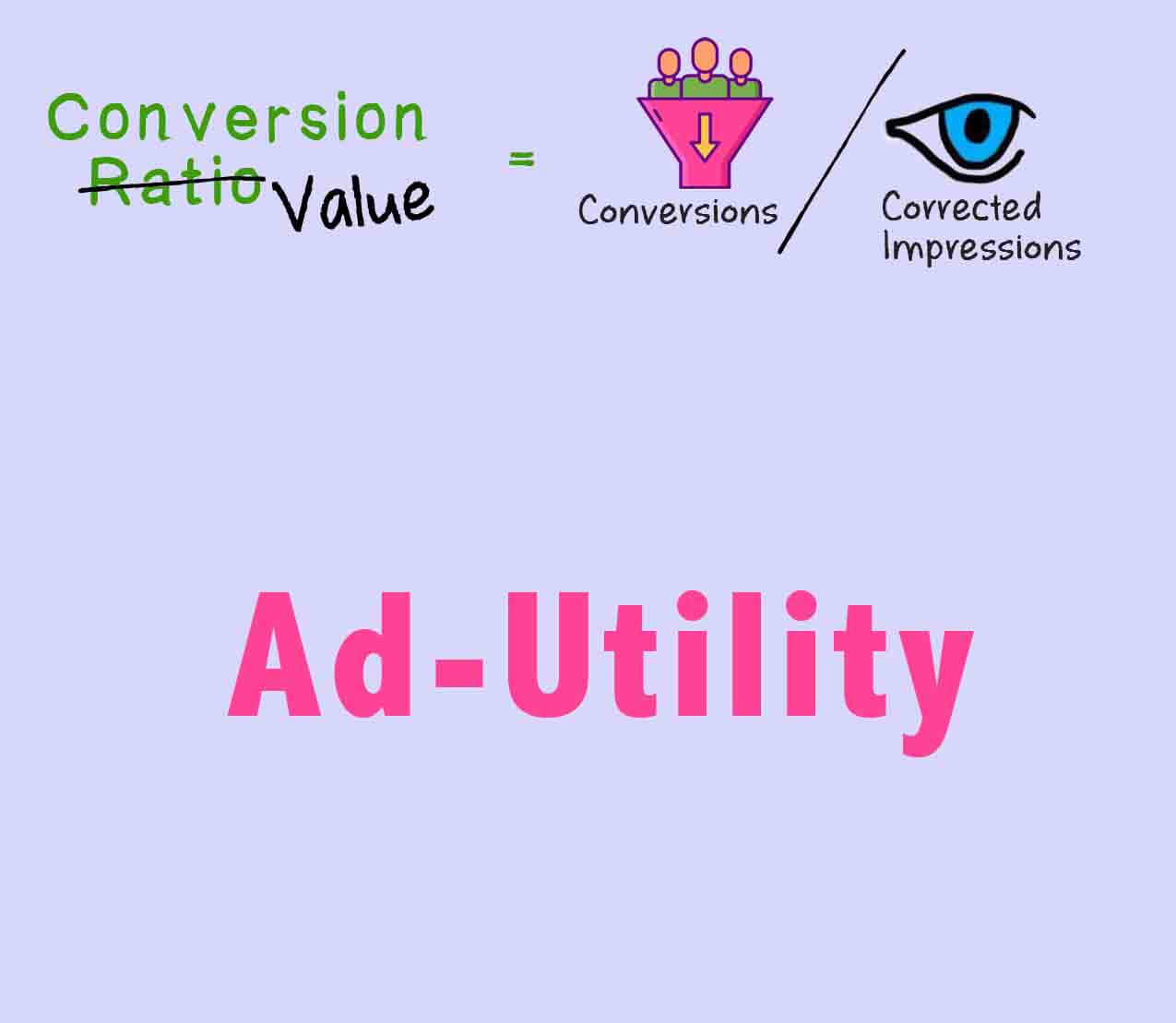
 Swipe for more stories
Swipe for more stories
Comments